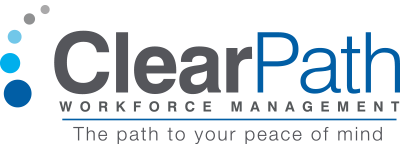When it comes to hiring workers for her business, Barbara Business Owner is realizing that there are a number of workforce solutions available. While the two primary hiring approaches are 1099 or employee, the options, criteria, and regulations around both of these options go far beyond that simple explanation.
In her research and conversations with fellow business owners, Barbara has been hearing the term “contingent worker”, which to the best of her understanding, is an option to leverage talent for busy seasons without committing to full-time workers.
Many applicants who have applied for the current role she is filling have asked if there is a remote option. She is wondering if these are different terms for the same and also, are contingent and remote workers automatically 1099s or must they be considered employees?
Let’s dive into the definitions and roles of contingent and remote workers in the modern workforce.
Contingent Workers
A contingent worker is most simply defined as a flexible worker hired on a temporary or fixed-term contract basis to provide certain services for a defined period. This group includes freelancers, independent contractors, consultants as well as part-time employees.
The flexible worker has become an increasingly common and popular option for many businesses to adapt quickly to changing conditions without the burden of long-term overhead costs. Contingent workers can fill immediate gaps and needs, without the commitment of a full-time employee.
The main advantage of contingent workers is their cost-effectiveness, since the worker only works as needed, and typically does not collect benefits. Tax responsibility varies based on if they are hired as a 1099 or part-time employee.
Remote Workers
“Remote worker” refers to workers who work off site from the business’s main operations center. Often these workers operate from their home office, but there are instances where they simply work in a different location.
Remote workers are becoming increasingly common, accepted, and even preferred in many cases. Having a remote workforce as an employer can help reduce overhead costs (office space, utilities, equipment) and improve worker satisfaction and productivity.
Remote work does not automatically equate to being a contingent worker, which is a common misconception of these definitions. “Remote” defines where a person works, while “contingent” defines the flexible usage of that same worker.
Another common and potentially disastrous misunderstanding is that “remote worker” automatically equates to a 1099 status. But these workers may in fact be employees instead of independent contractors. An employer’s obligation to a remote worker depends on this status. Working remotely may increase the risk of non-compliance because labor laws differ by location. Employers need to be aware and comply with the local labor laws of every worker’s location and situation.
As a business owner, you can leverage the opportunities for business expansion by hiring a contingent worker or remote worker. A strategic workforce partner, such as ClearPath will help to ensure compliance with regulations laws.
Schedule a consultation right here to discuss the workforce needs of your business.
ClearPath is a leading Human Resources Outsourcing company focusing on assisting employers to leverage the independent contractor labor market. We’re committed to helping business owners stay compliant and minimize the risks associated with their contingent labor requirements.
No Legal Advice Intended. This article includes general information about legal issues and developments in the law. Such materials are for informational purposes only and may not reflect the most current legal developments. These informational materials are not intended, and must not be taken, as legal advice on any particular set of facts or circumstances. You need to contact a lawyer licensed in your jurisdiction for advice on specific legal issues.
- Written by: Renee Fink
- Posted on: April 29, 2024
- Tags: 1099, 1099 Worker Classification, ENGAGING W-2 WORKERS, FREELANCER, INDEPENDENT CONTRACTOR COMPLIANCE, independent contractor management, Workforce Classification

